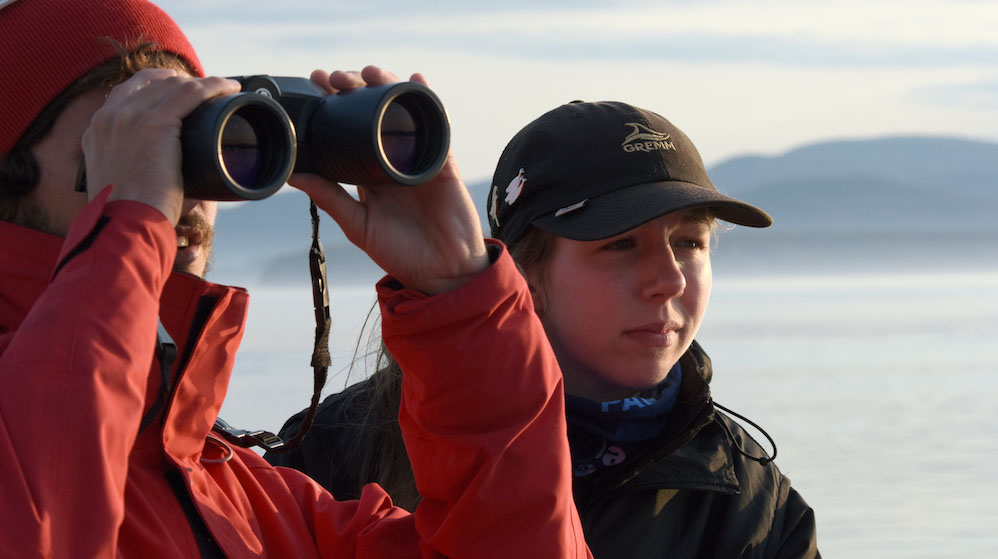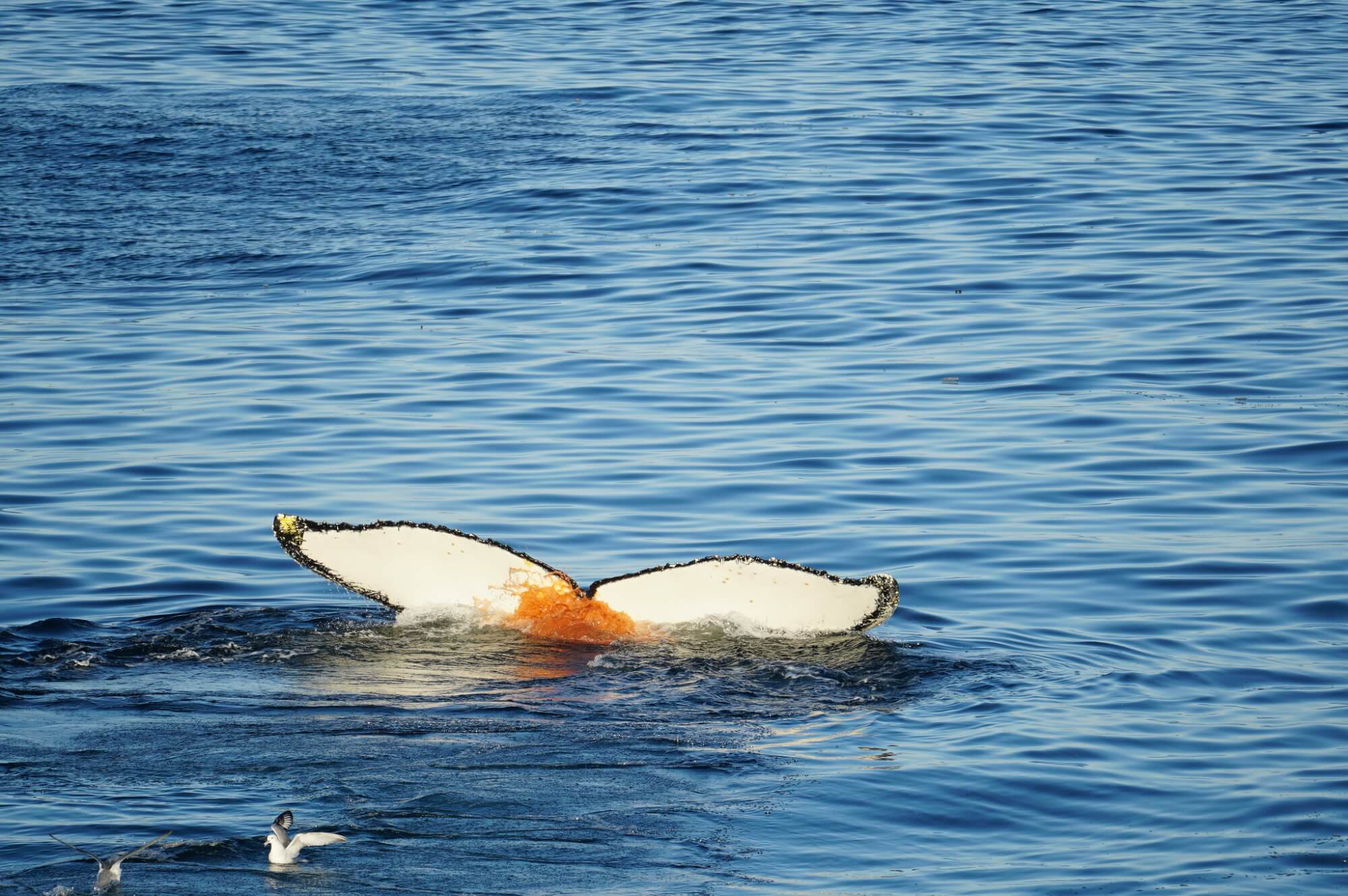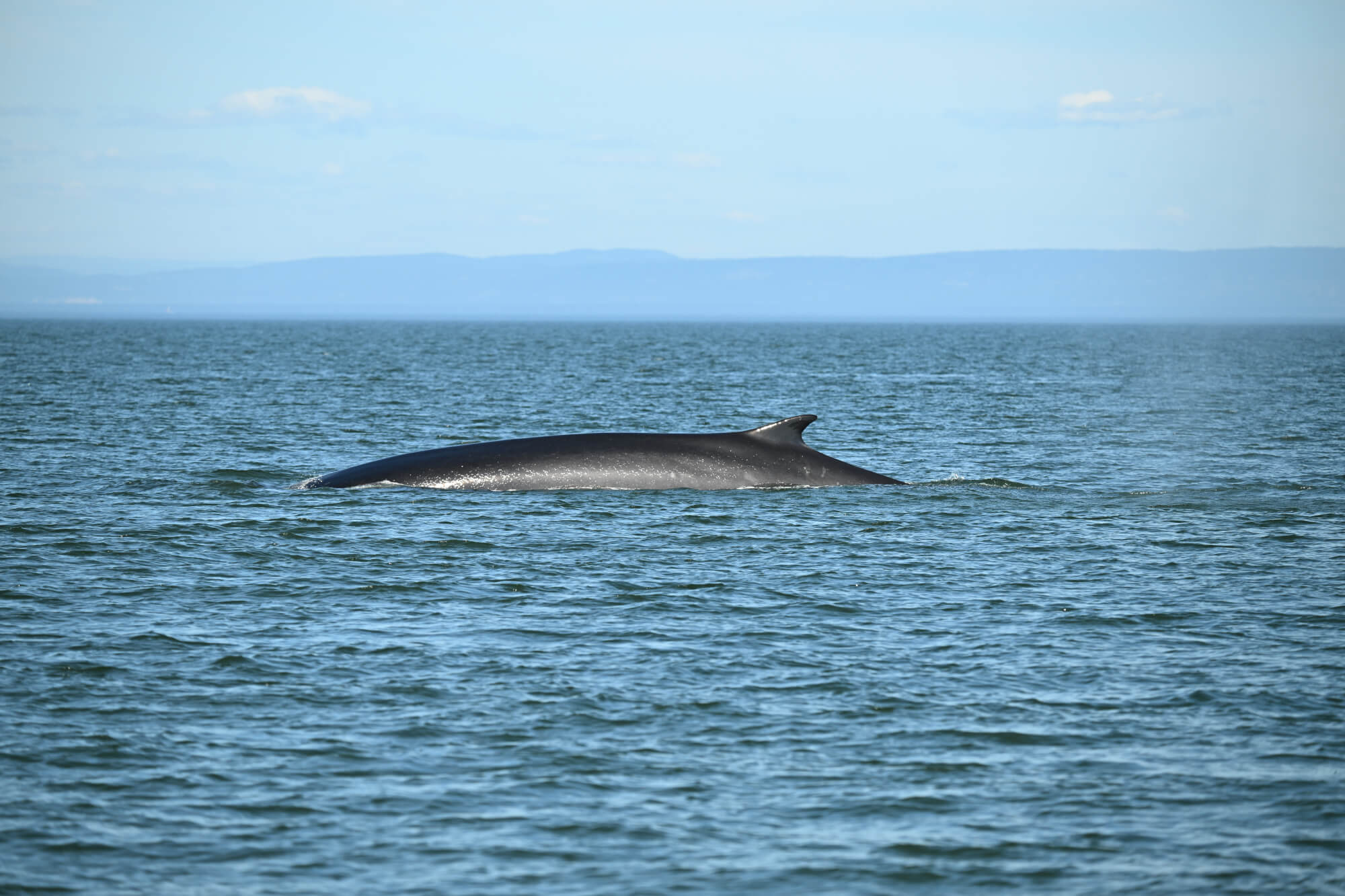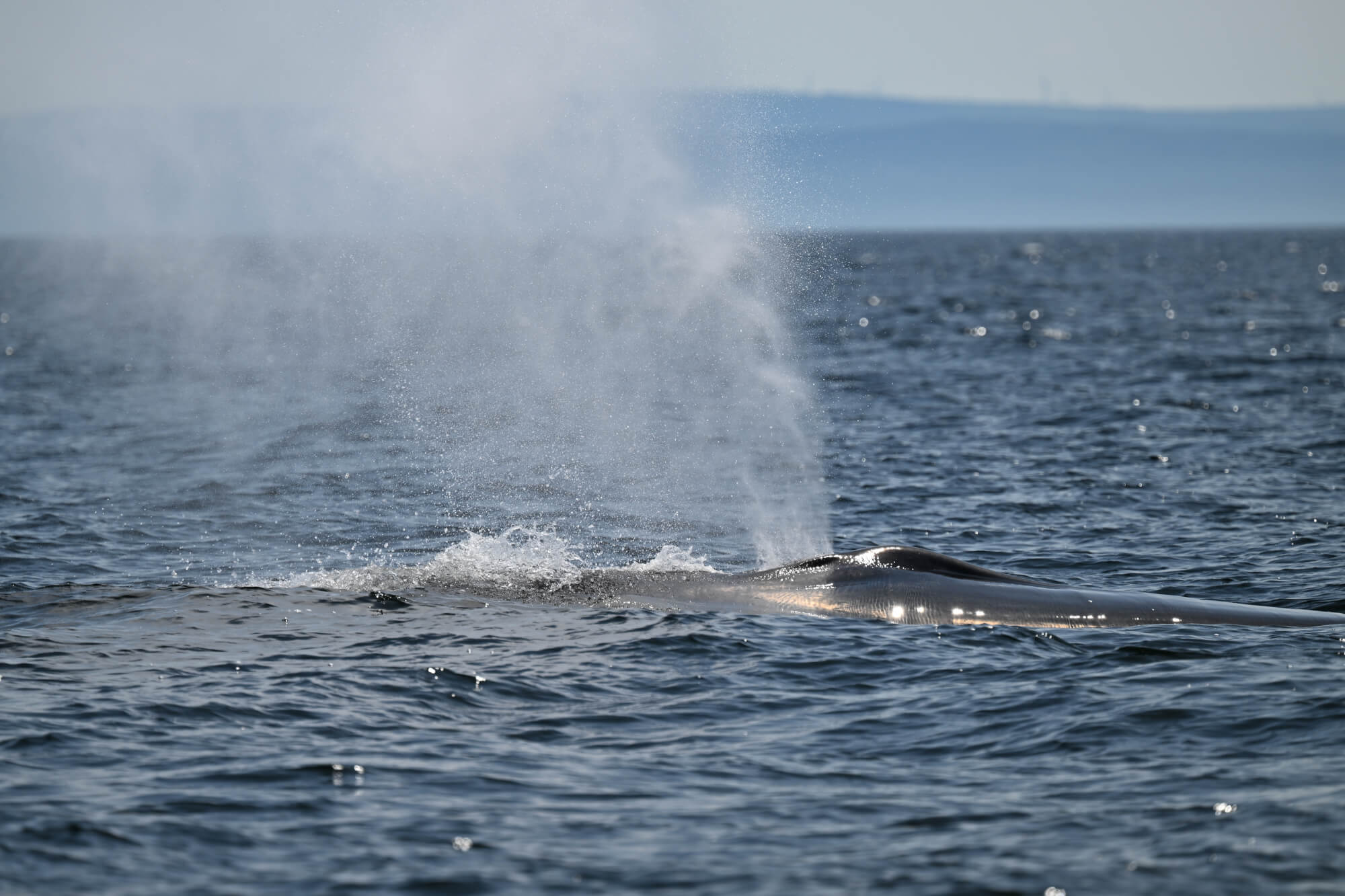Toxins produced by certain algae are present in Alaska’s food chain in concentrations high enough to be detected in many species of marine mammals. These were the findings of a study conducted by the US National Oceanic and Atmospheric Administration and its partners, which was recently published in the journal Harmful Algae. This is the first time that algal toxins have been detected in living marine mammals in a region so far north.
Environmental changes taking place in the Arctic and Subarctic, including ocean warming and the disappearance of seasonal ice, may lead to increasingly frequent toxic algal blooms, also known as red tides, in these regions. Are the marine mammals that inhabit these regions already being exposed to toxins produced by certain algae? Researchers attempted to shed light on this question by studying the presence of two toxins – domoic acid and saxitoxin – in thirteen species of marine mammals in Alaska.
The scientists took samples – mainly from the feces, urine, serum and stomach/intestinal contents – from more than 900 individuals of marine mammals. Species studied included humpback whales, bowhead whales, belugas, harbour porpoises, northern fur seals, Steller sea lions, harbour seals, ringed seals, bearded seals, spotted seals, ribbon seals, Pacific walrus and sea otters.
 Domoic acid was detected in all 13 species studied. Meanwhile, saxitoxin was detected in 10 of the 13 species. The highest concentrations of both toxins were detected in Pacific walrus, with concentrations of domoic acid similar to those detected in California sea lions presenting clinical signs of intoxication off the California coast. Domoic acid was also detected in the fetuses of three species – belugas, harbour porpoises and Steller sea lions – demonstrating that this toxin can cross the placental barrier.
Domoic acid was detected in all 13 species studied. Meanwhile, saxitoxin was detected in 10 of the 13 species. The highest concentrations of both toxins were detected in Pacific walrus, with concentrations of domoic acid similar to those detected in California sea lions presenting clinical signs of intoxication off the California coast. Domoic acid was also detected in the fetuses of three species – belugas, harbour porpoises and Steller sea lions – demonstrating that this toxin can cross the placental barrier.
This study demonstrates that both neurotoxins are already highly present in Alaska’s marine mammals. Are the current levels dangerous to their health? At the present time, it is impossible to answer this question. In the Gulf of Alaska, some thirty carcasses of great whales were found in the summer of 2015, and scientists suspect poisoning from toxic algae, though no evidence has been reported to date. Given current and projected climate trends, algal toxins could become an increasingly important threat to the health of marine mammals living in the Arctic and Subarctic. The concentrations and prevalence of such toxins in marine mammals should be closely monitored.
Source:
On the Science Direct site: Prevalence of algal toxins in Alaskan marine mammals foraging in a changing arctic and subarctic environment
To learn more:
On Phys.org: Testing detects algal toxins in Alaska marine mammals
On Whales Online: How Can Microscopic Algae Kill a 45-tonne Whale?





